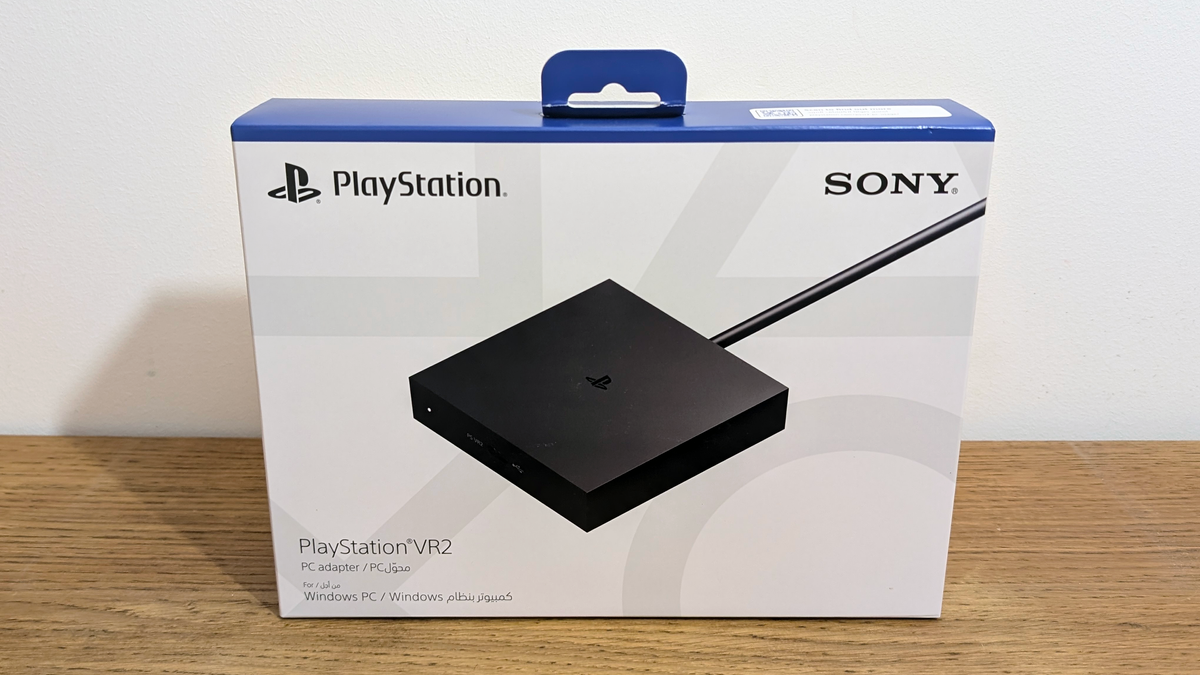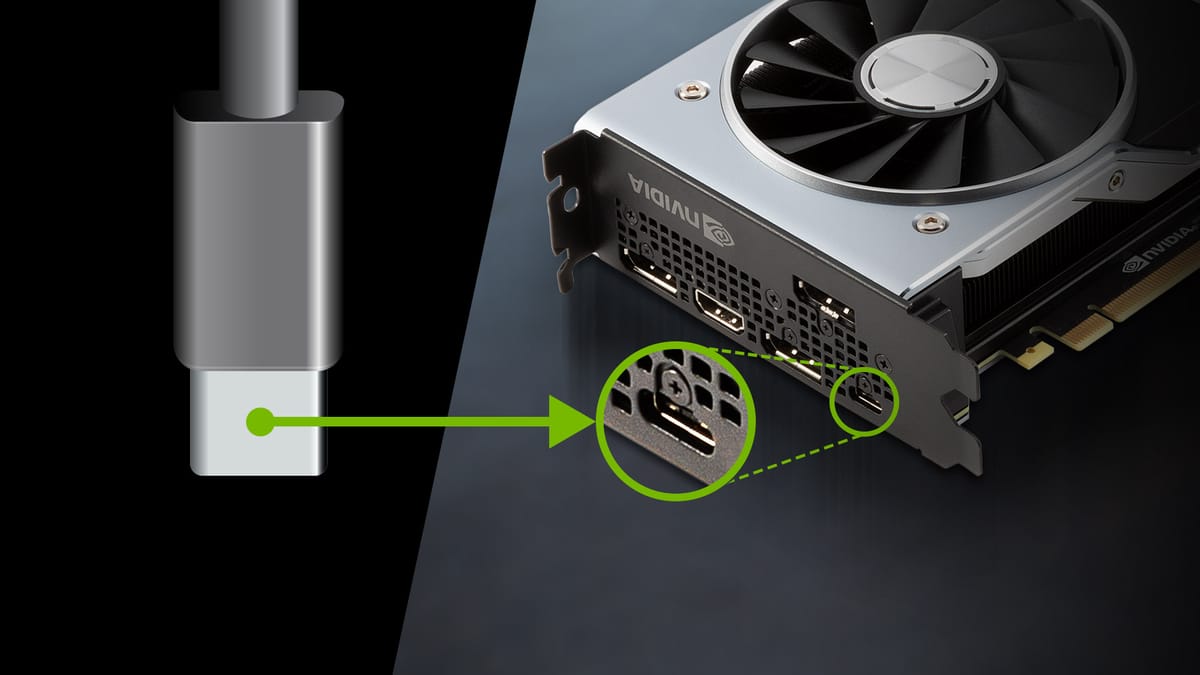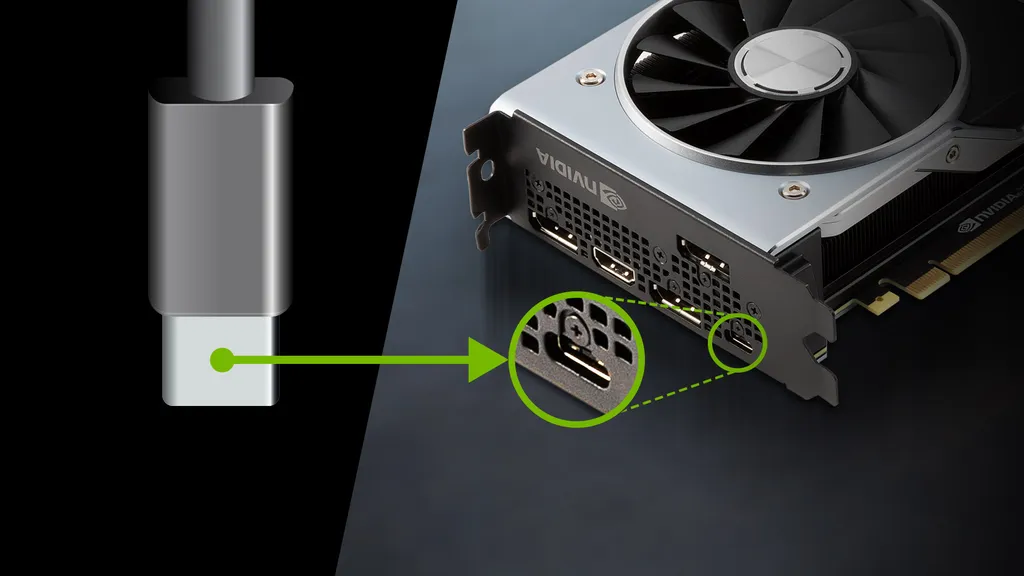PlayStation VR2's PC Adapter is out today, but you don't actually need it with certain graphics cards.

The adapter takes in the PlayStation VR2's single USB-C cable on one side. On the other side is a fixed USB-A cable for your PC, a DisplayPort port for your graphics card, and a DC power port (a power adapter is included in the box).
But for one generation of each of their graphics cards lines, NVIDIA and AMD already had a USB-C port that supported DisplayPort, USB, and up to 27 watts of power all in a single connection. This was a new standard called VirtualLink, meant to offer a single port for VR headsets to connect to, without the issues often seen in the cheap USB controllers of motherboards.
VirtualLink was available in some cards of RTX 20 series and AMD RX 6000 series. For some cards such as the RTX 2060 and RTX 2070 this was optional for manufacturers, while on the RTX 2080, RTX 2080 Ti, and Titan RTX it was compulsory.
If you have a USB-C port on your graphics card, you have VirtualLink, and all you need to do to use PlayStation VR2 on PC is plug it in and install the PlayStation VR2 App on Steam, which contains the SteamVR driver.

Unfortunately, despite originally having the backing of Oculus, Valve, Microsoft, NVIDIA, and AMD, VirtualLink was abandoned by 2020 and dropped from subsequent graphics card generations.
So if you have an RTX 30 series, RX 7000 series, or newer, you'll need to pony up the $60 for the adapter to use PlayStation VR2 on PC, plus another $10 or so if you don't have a spare DisplayPort cable lying around.































